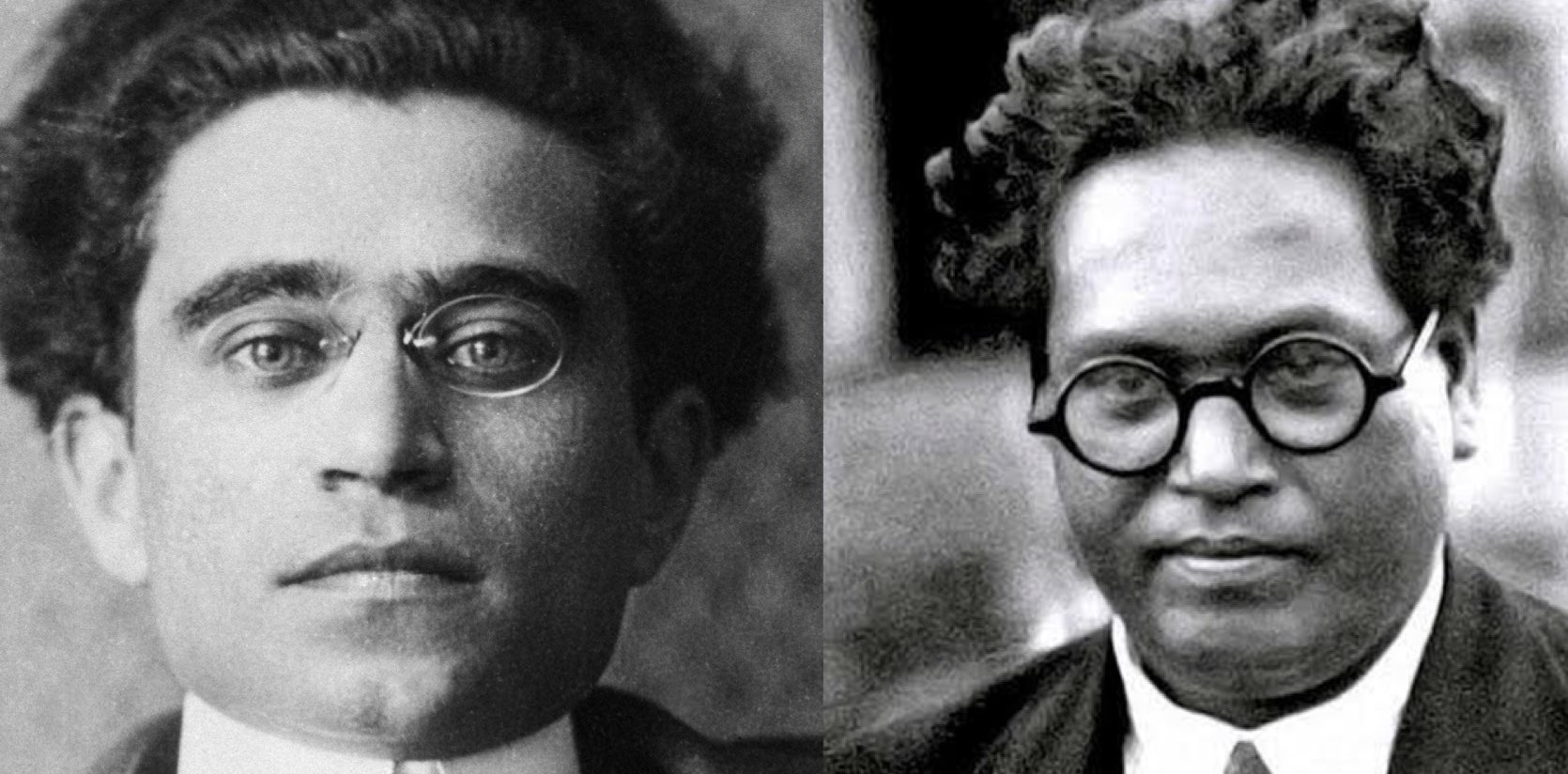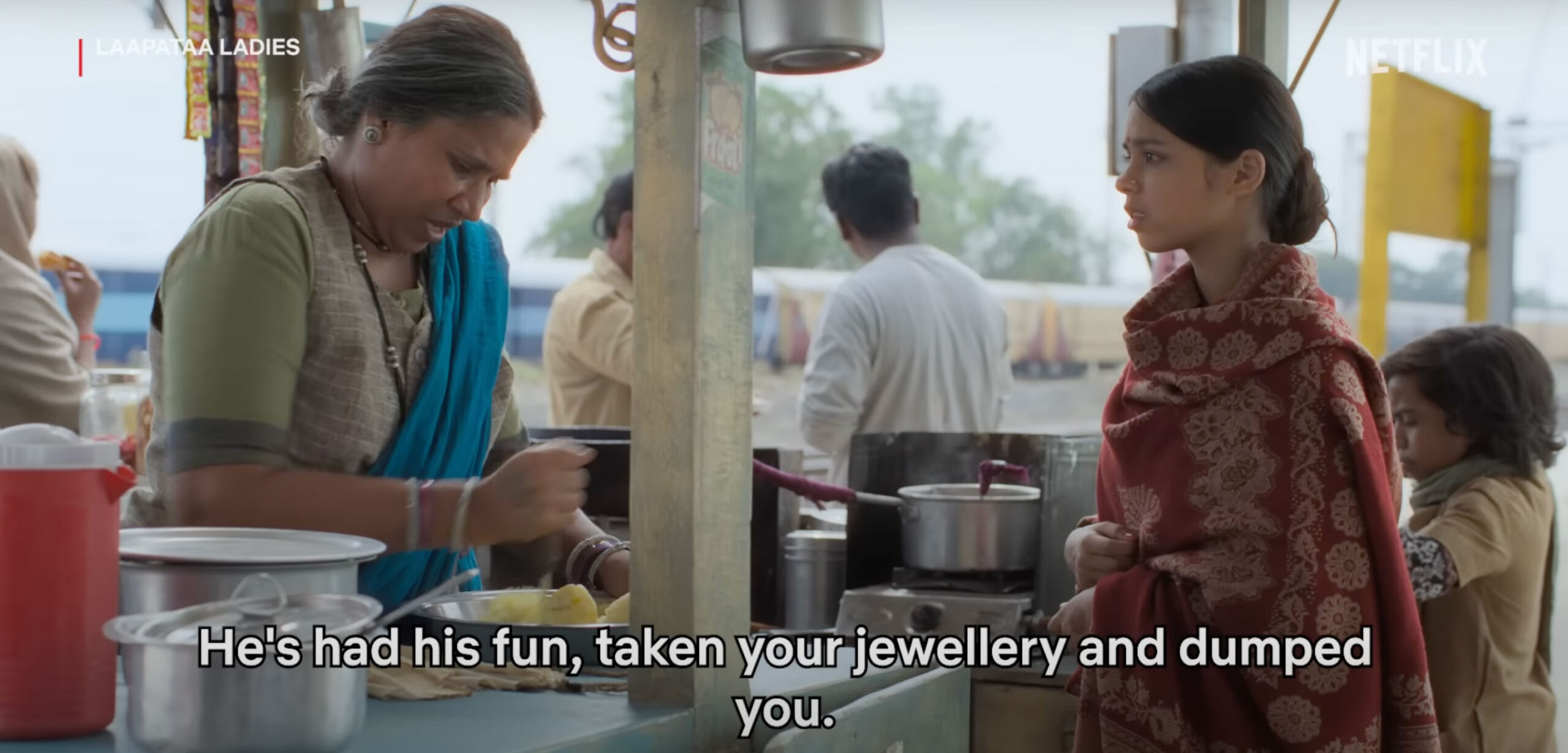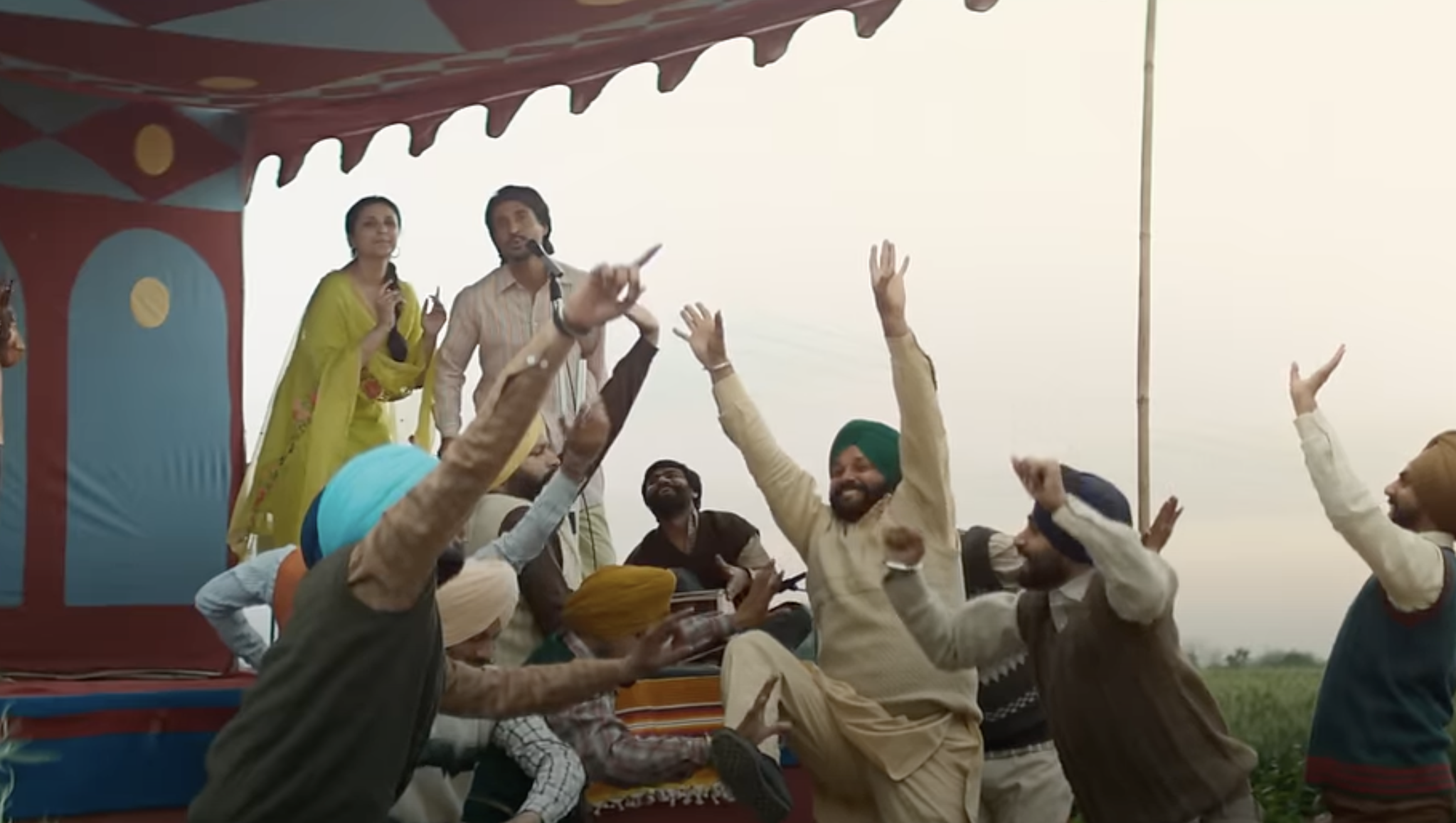
Attending a workshop at Haryana Police Academy in Karnal introduced me to the patriarchal social structure and casteism prevailing in the state as well as the clearly audible voices of protest against them. On July 1, the academy had organized a workshop for officers of the police and social welfare department on effective implementation of the SC, ST (Prevention of Atrocities) Act. When senior lawyer Arvind Jain, who was one of the speakers at the workshop, asked me to accompany him I readily agreed. The academy is known for the gender sensitization campaigns launched by one of its former directors, Vikas Narayan Rai. I wanted to experience first-hand the atmosphere at the institution.
Khaki and Khap
The Deputy Superintendent of Police (DSP)-level officers attending the workshop were quite upset with Arvind Jain’s long speech. They said in a challenging tone that those living in metropolises couldn’t grasp what Khaps were. They were also sore with the media for presenting the wrong image of Khaps. They also claimed that no group could take a joint decision to murder people. Very innocently they wanted to know how anyone could permit a boy or girl to marry someone from his or her own village.

What they said and, more importantly, the tone and tenor showed why Dalits are being driven out from Haryana villages, why a stream of diktats asking girls to do this or not to do that are being issued from villages skirting Delhi and why, during the recent Jat agitation, the police did not rein in the rioters who openly indulged in arson, murders and rapes. The speakers, Arvind Jain and Shashikant Sharma, district attorney, tried to drive home the message that the Khaps and other groups had unanimously ordered murders and that is why the law enforcers should stand by the side of the weak and ensure that nothing is done in contravention of the word and the spirit of the Constitution. The cops, in turn, kept on telling them that they did not understand the villages.
Why rich Dalits do not forego reservations?
Once the speeches on atrocities against Dalits were over, a DSP remarked that one of the reasons for the pathetic condition of Dalits was that reservations benefited only a minuscule section. They also had a solution: Prime Minister Narendra Modi has appealed to the well off to give up LPG subsidy. Similarly, why can’t Dalits who have benefited from reservations for a generation or two give it up for their weaker brethren?
Voices of protest

The officers of the social welfare department were visibly upset with these comments of the DSPs. This showed that the casteist-patriarchal societal set-up of Haryana was facing challenges from within. Whenever I, seated among the audience, tried to counter the arguments of the police officers, the members of the other camp enthusiastically nodded in agreement. As the event drew to the close, one officer raised his hand to say something. When permitted, he got up and said, “If I don’t say what I want to say, I will feel uncomfortable.” Turning towards the police officers seated in the first row he said, “Why don’t the non-Dalits owning more than 100 acres of land give it up for their poor brethren? Why don’t the upper-caste members serving in top posts generation after generation declare that they will give them up for their poor brethren?”
The comment shows that even in Haryana, there are differing voices. The challenge being posed by Dalits and women to the dominant sections has become a source of discomfiture for them.
As I was driving back, I was thinking that Haryana is changing and that the Khaps cannot stop this change. But it is also clear that many more workshops on caste and gender sensitivity will be needed to ensure that the protectors of the Constitution do not become stumbling blocks in this process of change.





